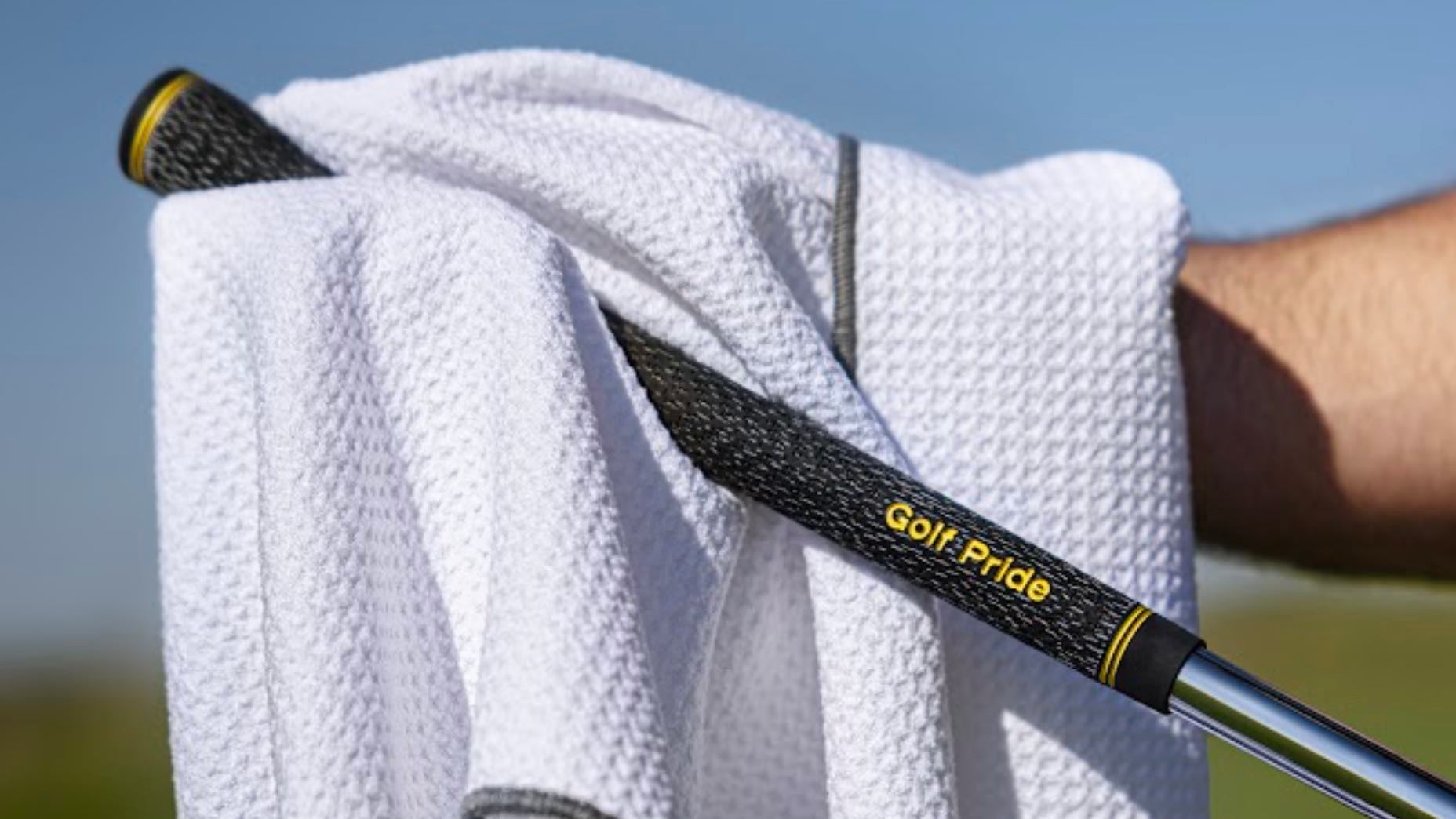Building a golf club can appear complicated if you’ve never done it before. But once you learn the basics, assembling and working on your golf equipment opens up a new world of customizing and personalizing your gear. It can also help you better understand what truly works best for your game — especially when it comes to your driver!
As we’ve touched on before, learning to build a putter is a great place to start because it requires the fewest components and adjustments compared to building an iron set or a driver. Also, building an iron usually means you’re building a full set and making sure all of your components are to spec takes more time and some calculation.
That’s why driver’s next.
Much like a putter, a driver requires fewer components, but there are extra steps you need to take, including adjusting any adapter to the correct setting before assembly and properly prepping the graphite shaft to prevent marks and potential damage that can increase breakage.
So for the latest video in our newest Build Shop series, we’ll show you the entire process of assembling a driver from start to finish — and include as much helpful advice as we can along the way.
Key steps in the driver building process
Check your settings – With most drivers offering adjustable hosels, it’s important to make sure the hosel setting is secured in the position you are going to use to ensure the shaft graphics are aligned once assembly is complete.
Prep your components — Once you have all your club components together and ready to go, take the time to make sure they’re clean by using acetone to remove any dirt or oils. This will ensure a strong epoxy bond with the epoxy.
Mix epoxy thoroughly — Speaking of bonds, properly mixing the epoxy to ensure you don’t introduce excess air into the mixture can help prevent epoxy failure and weakening once the club has been assembled.
Only use what you need — A common rookie club-builder mistake (especially with drivers) is to use too much epoxy during the assembly process. Once the inside of the club and the outside of the shaft are coated, anything extra works its way up the shaft and once dry can eventually break off and cause a rattle. Just use enough epoxy to coat all the parts in a thin layer and you’ll be all set.
This is most noticeable in drivers because the inside diameter of the shaft is so small that the volume of epoxy it takes before it goes past the hosel isn’t a lot.
Clean as you go — Cleaning excess epoxy off the shaft and the head before it dries can increase productivity and make the finishing steps go faster. This is critical when working with graphite shafts because the paint can be easily scratched if you are trying to remove dry epoxy.
Check out the entire collection of build videos and more at GOLFs Fully Equipped YouTube page.










